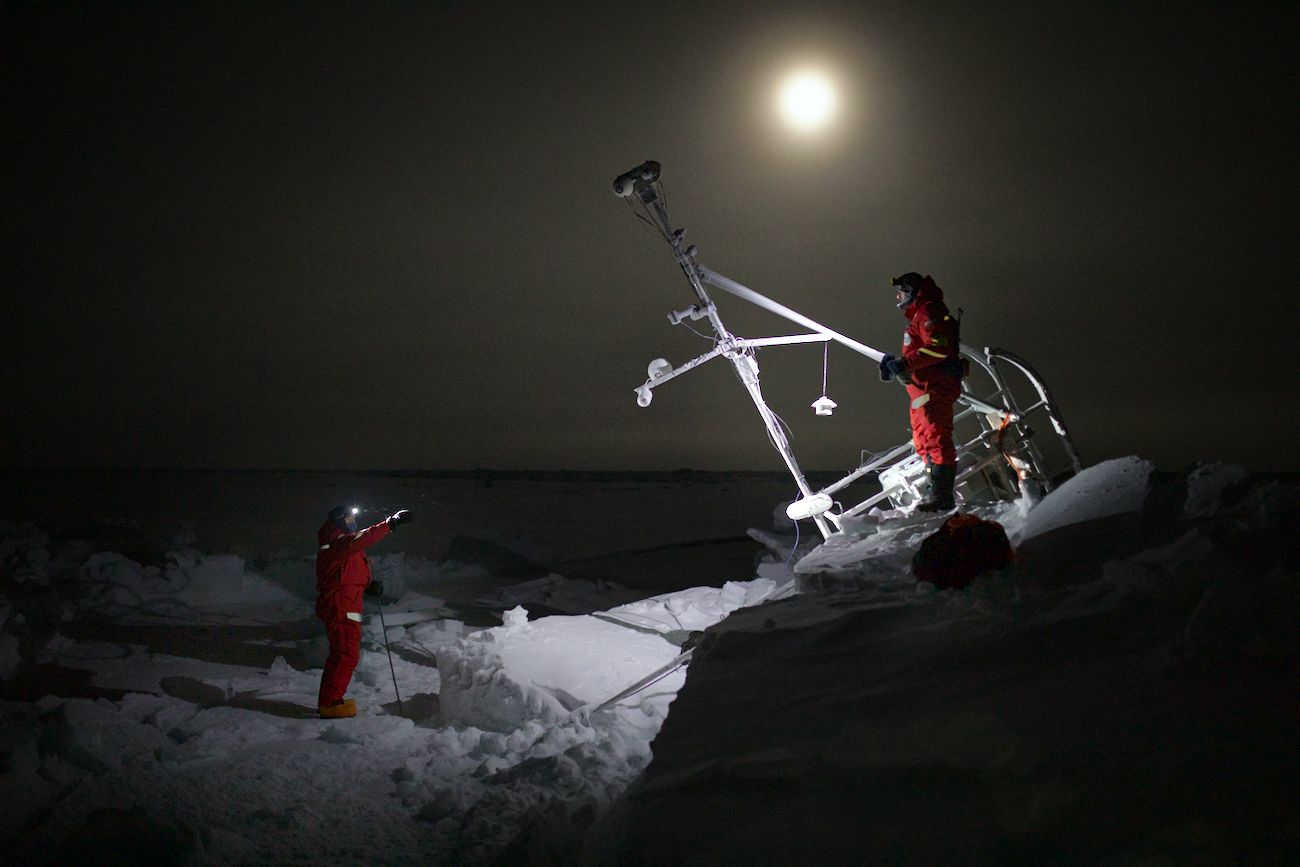Nature's beauty and ferocity: A mini update from the MOSAiC field campaign


Leg three of the MOSAiC field campaign is underway this month through April. Since last September, NOAA and CIRES researchers from the Physical Sciences Laboratory have been participating in this year-long international field experiment drifting with the Arctic ice aboard the German RV Polarstern.
It's cold and dark, but the excitement about the science mission continues as the camaraderie grows. Along the way, under extreme conditions, unforeseen challenges have been met with innovation and some major “elbow grease.”
"It's going really well, and the overall success highlights the skills and talents we have here," said PSL/CIRES researcher and MOSAiC co-coordinator Matthew Shupe. "Our team, both locally and in the field, bring amazing contributions to a complex experiment, which have played out cleanly in an unpredictable environment. It's been really impressive!"
An example of both the beauty and dangers of this remote locale unfolded recently, as seen in these two photos. MOSAiC team members Taneil Uttal and Michael Gallagher of PSL were fixing one of three Atmospheric Surface Flux Stations (ASFS) deployed on nearby ice floes, when they heard the ice making noises. This ASFS is installed in a very dynamic location, so that researchers can measure local ice movements, cracks, and open water. However, those ice dynamics also pose a big challenge for operations. Just a couple days after the team finished their fixes on the station, the ice crunched together and formed a large pressure ridge right underneath the ASFS, pushing the sled up into the air before it came tumbling down on its side. Some instruments were broken, but amazingly many survived.
The on-site team spent many hours chipping ice and using winches to get the station back safely onto "stable" ice...but now begins the longer process of fixing damaged parts and re-deploying the flux station.
Stay tuned for additional updates!
Posted: February 14, 2020
You can learn more about the expedition on PSL's MOSAiC web page.
Related Story: The First Big Storm (CIRES)